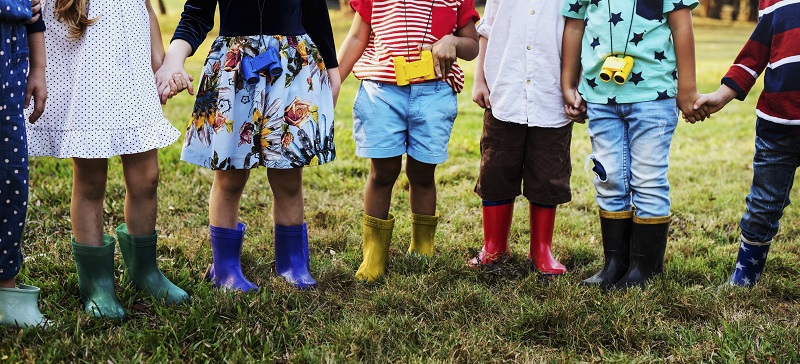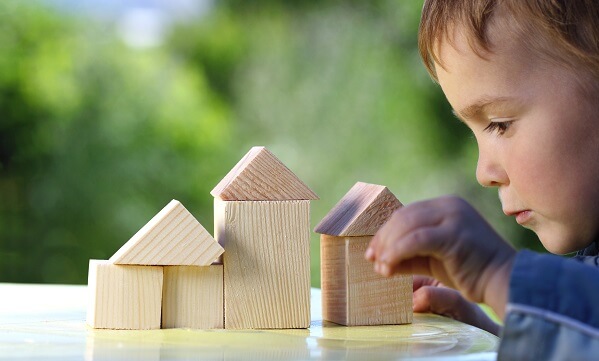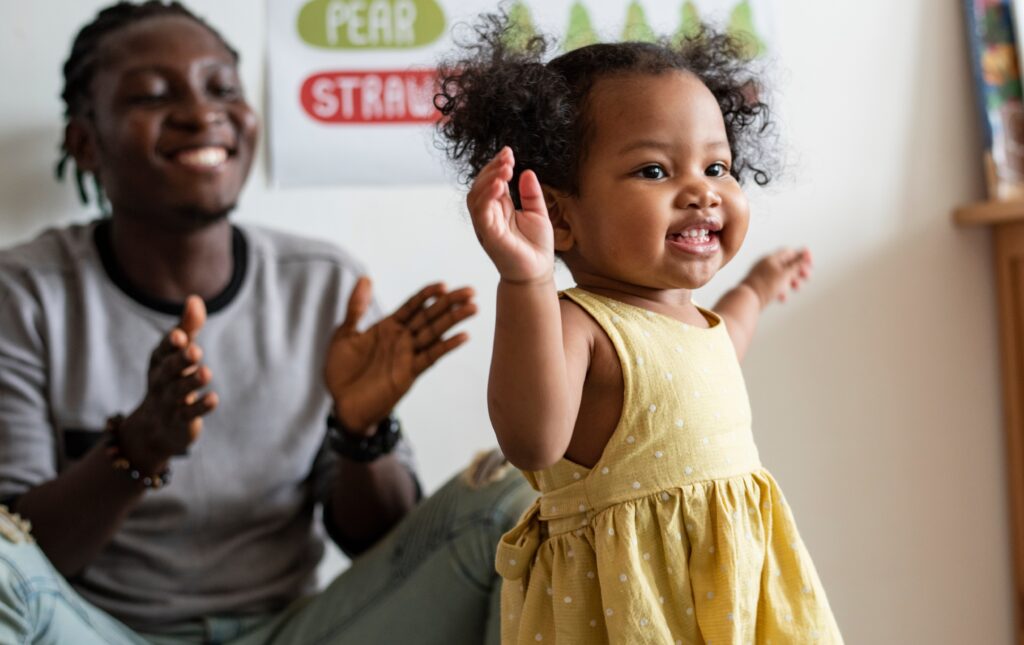
Four ways childhood trauma can manifest in later life – and what change is possible
Research consistently shows that early life events and the environment in which a child is born and raised can have an effect on their wellbeing later on.
Unfortunately, the most profound marks are left by negative experiences, especially what are called ACEs (adverse childhood experiences), and it is psychological abuse that often leaves the deepest scars and has the worst long-term outcomes, such as serious psychiatric disorders. Adverse experiences need not even mean maltreatment to the child directly, but include being exposed to worrying behaviours, such as witnessing intimate partner violence.
However, by understanding the wide-reaching effects of childhood trauma and neglect, and implementing positive interventions with children, change is possible and we can greatly improve outcomes.

Psychological factors and behaviour
One of the earliest and most important ways a child adapts to their environment, linked to the way they are parented, is the formation of attachment styles. Most important is the centrality of parental emotional sensitivity, and in particular mind-mindedness and mentalisation, in ensuring secure attachment. There is, of course, no such thing as a perfect childhood, and a degree of stress is important in helping children build resilience, but early trauma, distress and/or neglect can give rise to the development of insecure or disorganised attachment styles.
One study found that ACEs such as neglect or trauma can lead to a range of issues, including relationship difficulties, eating disorders, ADHD, sleep disorders, and in adulthood even psychosis, drug addiction and alcoholism. There is a strong link between childhood abuse and symptoms such as smoking, poor physical activity and depression in mid-life.
Furthermore, childhood poverty and the associated stress levels can have a big effect on children’s capacities for emotional regulation and the development of networks in the brain which support emotional regulation, therefore increasing the likelihood of risk-taking.
Job prospects and socioeconomic inequality
Studies have shown that those abused in childhood had, by age 50 or over, fared much worse in the job market, and ACEs can lead to a higher incidence of a range of issues, including teenage pregnancy, drug use and violence, and criminality. However, this is of course not just about experiences within the home, and we see a ‘double disadvantage’ when children suffer maltreatment and are also living in deprived neighbourhoods where community violence is prevalent, although secure attachment can also inoculate against such risks.
Similarly, social background hugely influences cognitive development and educational attainment, which in turn links to job prospects, while clear links have been found between brain development, educational attainment and family income.
Serious financial strain of course puts huge pressures on any adult’s parenting capacity and the context a parent or caregiver finds themselves in will have a big effect on how they parent their children. Recent research shows unequivocally how pernicious the effects of poverty and inequality are. Such research suggests we need to intervene not only with parents, but also at the level of community, socio-economic inequality and a range of other levels.

Physical effects
A huge swathe of studies have shown that early maltreatment has very serious effects on the physical body right into adulthood – including the likelihood of contracting serious disease, and indeed on the risk of early death from a range of causes. Typical is how childhood physical abuse is predictive of coronary heart disease and type 2 diabetes in adulthood, as well as, for example, issues as diverse as vision problems, COPD and even cancer.
Heart disease and diabetes are linked to ACEs. Links were found between adverse experiences and weight, cholesterol levels, blood pressure and fasting glucose levels during one seven-year study. Similarly, there is a hugely increased risk of heart attacks in women who suffered sexual abuse as children.
Many studies have found links between ACEs and a range of biomarkers for ill health, such as chronic inflammation, shorter telomeres, worse heart rate variability (HRV). Life-course theory tells us that more stress and anxiety and worse early experiences give rise to speeded up metabolic systems, and increased risk of all kinds of disease, including increased levels of inflammation.
Neurobiology and genetics
We know that adverse early experiences such as abuse affect both the structure and functioning of the brain, which can cause problems such as increased anxiety and memory issues. Less overt adverse experiences such as maternal depression have also been shown to have an effect on the brain, as has institutional and other forms of neglect.
There’s substantial evidence to suggest that our ‘telomeres’ (structures found at the ends of our chromosomes) are shortened by adverse experiences. This is significant because shorter telomeres are associated with illness and early death.
While inheriting certain gene variants can either increase or decrease the risk of serious effects of maltreatment, research shows experiences such as maltreatment can even alter the extent to which a range of genes are ‘switched on’ or expressed.
How can we help?
We have learnt a huge amount about child development research in recent years. It is important to avoid blame and judgement, parents are often victims too, but we know that far too many children suffer through having less than optimal emotional experiences. Despite this, change is possible and interventions can markedly improve children’s futures.
There is strong evidence that the radical interventions of adoption and fostering can improve the way children construct narratives and see the world, and in the right environment children’s cortisol levels can decrease and they can even move their attachment style from insecure to secure.
However, being adopted or fostered is a more dramatic intervention than most children experience, and there are a range of influences and factors which might tip a child from one potential trajectory onto another. Factors such as moving to a good neighbourhood or school and the actions of professionals such as teachers, social workers or therapists can have a powerful positive effect.

It is always relationships that make the most difference, whether parent-child or professional to client. The best predictor of successful therapy is the quality of relationship and having a strong therapeutic alliance between a client and a therapist. The psychological attitude and skills of parents or guardians and how they interact with children makes a big difference, as do those of professionals such as therapists, teachers or social workers.
We can only make sense of each child’s developmental trajectory by understanding not just behaviours, but also the biological, psychological, and emotional states of a person, and how a whole being interacts with and responds to their environment. What we can be absolutely sure of, and what the research has clearly shown, is that while the influences of temperament and genes play a role, the kind of parenting one receives and the kind of influences one has as a child has a huge effect.
This research can be a springboard for arguing that the kind of society we produce, and the kind of support and help we put in place for children and families, will make a big difference to future generations.